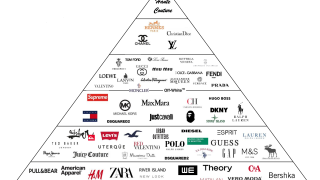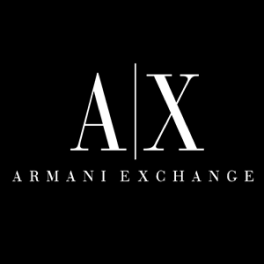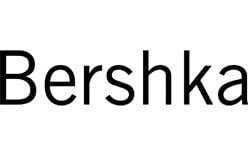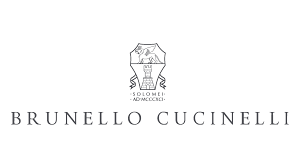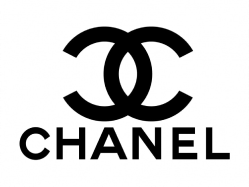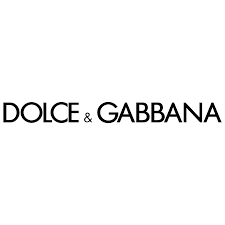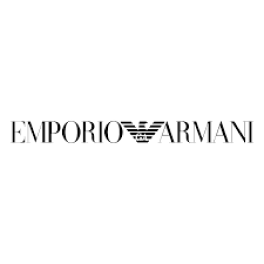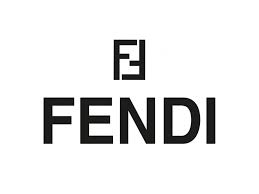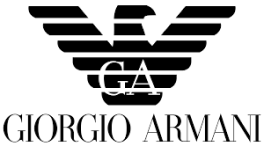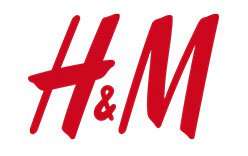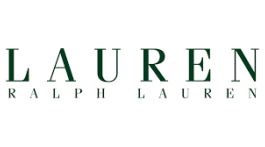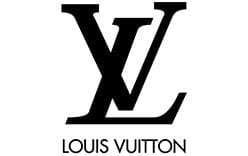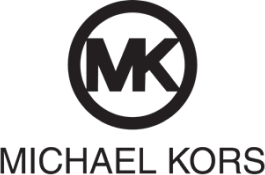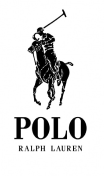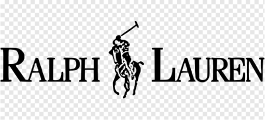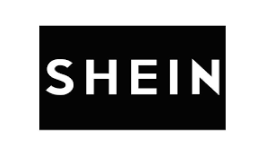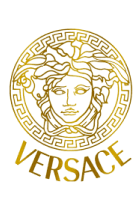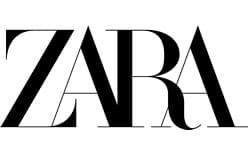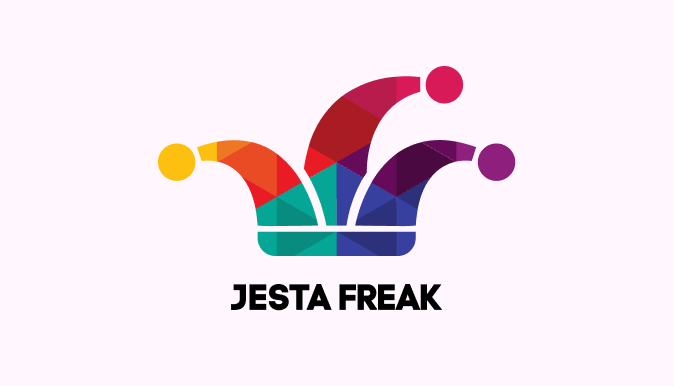If you’re looking for a practical guide to gauge where your favourite fashion brand is placed before your next shop, look no further than our Pyramid of Fashion Brands.
You might notice that the fashion brands you love are linked from fast fashion to haute couture and anything in between. Remember fashion is diverse and brands are offering a wide variety of designs, quality, pricing and, yes, experiences.
Over the past few years, a clear shift towards online platforms has emerged in the fashion industry. Convenience and price play key roles, allowing customers to shop from home. Innovations like AR/VR enrich shopping, social media and smartphones amplify exposure, and the pandemic accelerated the shift.
Although, all fashion brands have adopted to online sales, increasingly retail shops are transformed into experience centres, especially the supreme and aspirational luxury fashion brands are providing personalised, unique, one-off products and events.
The Pyramid of Fashion Brands

Source: Jesta Freak
The first thing you may notice that your favourite fashion brands, you might commonly consider to be at the pinnacle of the fashion pyramid, appear a lot further down than expected. Why is that? It’s because the top end of the market, haute couture and supreme fashion, is only open to specialist, mainly traditional, qualified, fashion houses. So, think rare, one off, high-quality fashion products, uniquely sourced materials, exclusive prime locations, exceptional customer experiences, and bespoke events. Designated haute couture is very expensive and can only be obtained and experienced in the fashion capital of the world – Paris.
It may come as a surprise, but the term “Haute Couture” is under legal protection, exclusively available for use by brands authorized by the French Ministry of Industry. This implies that you cannot simply wake up one morning and declare yourself an haute couture fashion brand. Regardless of your prowess, intentions, or creativity, the process is not that straightforward.
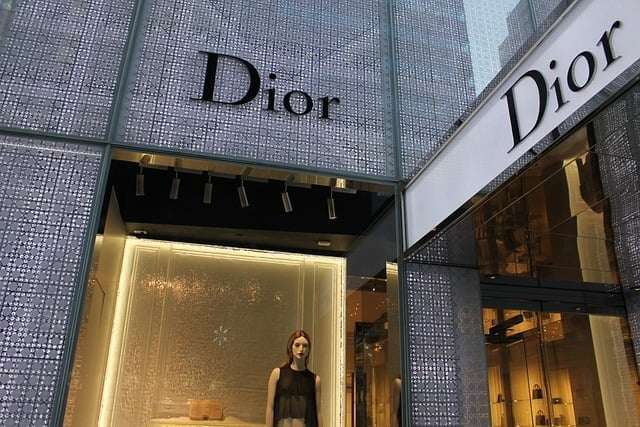
What you may also spot are familiar names among the top tiers, which represent the importance of genuine uniqueness and exclusivity among the true luxury experience.
So, what is the bottom tier? You might have guessed it, but these are the fast fashion and mass market fashion brands. And there are a lot of familiar high street and online names such as Zara, H&M, Shein (online only), Mango, Primark, Superdry, Uniqlo, Matalan and many more. Fast fashion is a rapid, low-cost clothing production approach aligned with current trends, swiftly transitioning from design to distribution. This tier includes some of the biggest fashion chains in the world, and despite popularity, the category has sparked discussions about industry sustainability and ethical consumption, like all fashion categories, it seems price is still and important driver to buy fashion.
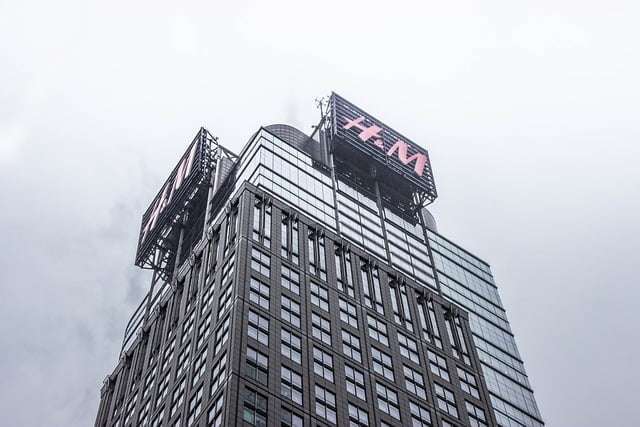
This brings us to premium fashion that represents brands such as Polo Ralph Lauren, Diesel, Guess, Levi’s, Abercrombie and Fitch and many more. This tier includes some well-known fashion brands, and they provide their customers with a brand experience, pricing that reflects durability and a level of quality. However, it is still about buying products and not yet about fashion experiences.
Moving up the hierarchy, we find accessible luxury fashion. These brands are perceived by many customers as luxury brands, with associated higher pricing and perceived quality. Some of these brands have fashion in either higher or lower segments to diversify their fashion offering. These brands have established a strong reputation, operate some form of loyalty schemes, assuring potential customers of their connection with them, and balance quality and price. Well-known brands include Ralph Lauren, Carolina Herrara, Michaal Kors, Tommy Hilfiger, for instance.
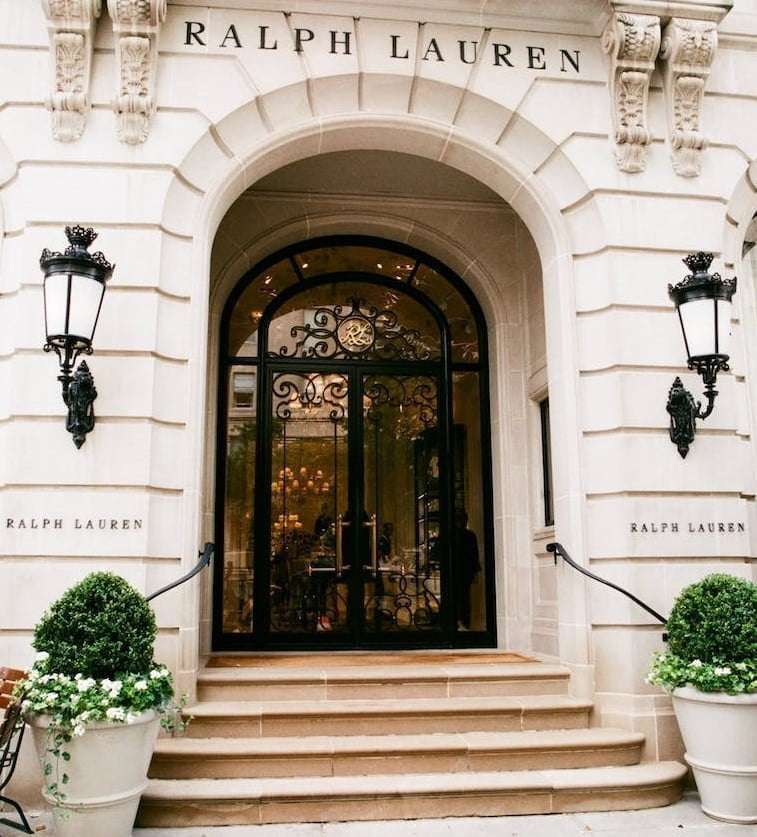
These fashion labels often employ specific themes or motifs as central inspirations. For example, brands like Ralph Lauren and Tommy Hilfiger prominently feature nautical, tennis, Ivy League (often described as “preppy”), and equestrian themes. These designs evoke the imagery of “old money,” characterized by riding boots, blazers, polos, and chinos. Yet, unlike traditional “old money” styles that often prioritize subtlety and minimalism without overt brand logos, these brands prominently display their logos, creating an association with affluence. This brings us nicely to the next tier of luxury fashion.
The next category are the aspirational luxury fashion brands such as Gucci, Loewe, Miu Miu, Lanvin, Fendi, Prada and many more. There are some common themes in their brand messaging including the emphasis on quality, unique and limited fashion pieces, sustainability, and emotional connections. Whether it’s through personalised service and experience, or social responsibility, these brands strive to resonate with their target audiences by conveying their core values and aspirations.
A significant characteristic of these brands is their presence in premier shopping districts within cities, commonly found near one another. This can be attributed, in part, to the fact that many of these brands fall under the umbrella of major conglomerates such as LVMH, Kering, and Prada. Their flagship stores deliver an immersive brand experience, curating an ambiance that seamlessly blends the brand’s essence of quality and elegance with an added layer of sophistication.
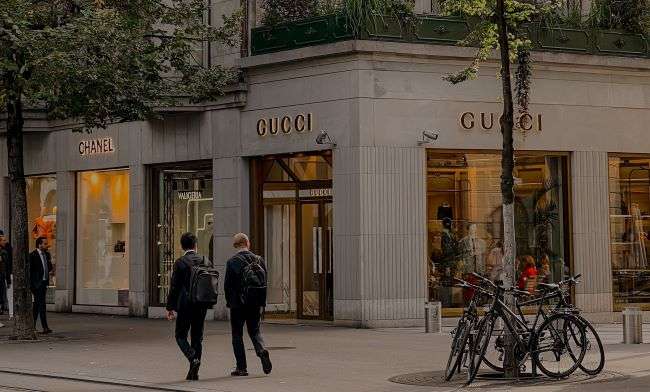
Knowledgeable staff members are readily available to provide guidance and assist customers in making tailored choices, enhancing the overall shopping experience. The online experience of these brands reflects the labels luxury fashion brand positioning.
Finally, many of the brands in the aspirational and the supreme fashion brand category, such as Louis Vuitton (LV), Chanel, Christian Dior, Gucci, Dolce & Gabbana, Fendi, are known to display their logos on many of their accessories, bags, and clothes. The prominently display of their logos is to capitalize on their instantly recognizable brand identities. These logos serve as status symbols, signifying luxury, affluence, and taste. The visibility of these logos also facilitates free advertising through consumers who effectively become brand ambassadors. Furthermore, the logos act as markers of authenticity in a market where counterfeits are prevalent. Catering to a diverse clientele, all these brands also offer understated pieces for those seeking subtlety. In this category we also encounter brands such Brunello Cucinelli, Lanvin, Loro Piana, for instance, that sell their fashion with minimal use of their logo and prefer the understated image selling to new money the old money image.
This brings us to the supreme luxury fashion brands that includes the famous fashion houses of Hermes, Christian Dior, Chanel, and Louis Vuitton.
Hermès began its journey in 1837 with Thierry Hermès initially producing top-tier harnesses and bridles for carriages. With time, the brand became a beacon of luxury, particularly recognized for its premium leather items. The Birkin and Kelly bags from Hermès stand out as emblems of opulence and exclusivity. Throughout its history, Hermès has been graced by the talents of several designers, with names like Jean-Paul Gaultier and Martin Margiela leaving indelible marks.
Louis Vuitton (LV), established in 1854, started its voyage as a luxury luggage manufacturer under the guidance of its founder, Louis Vuitton. Today, it stands as a global icon for its leather goods, especially handbags adorned with its emblematic monogram. Amongst its vast array of offerings, the Speedy and Neverfull bags are particularly sought-after. Louis Vuitton has seen a lineage of groundbreaking designers, including the likes of Marc Jacobs, Nicolas Ghesquière, and Virgil Abloh, who have all contributed to the brand’s modern legacy.
Chanel, established by Gabrielle “Coco” Chanel in 1910, introduced a revolution in women’s fashion by championing casual chic as the epitome of feminine style. The brand’s innovations like the “little black dress” and classic tailoring have left an enduring impact. Among its myriad of offerings, the “Chanel No. 5” perfume and the “2.55” flap bag are undeniably iconic. While Coco Chanel laid the brand’s foundation, the baton of creativity was later masterfully carried by designers such as Karl Lagerfeld, who ensured Chanel’s unwavering position in supreme luxury fashion.
This is the junior brand, founded in 1946 by its namesake, Christian Dior transformed the post-war fashion landscape with its “New Look”, characterized by rounded shoulders, cinched waists, and full skirts. Beyond its haute couture offerings, Dior has also made significant contributions in the realm of perfumes and cosmetics, with the brand becoming a representation of luxury femininity. The “Lady Dior” bag, named in tribute to Princess Diana, stands out as a significant icon. Over the years, designers like John Galliano, Raf Simons, and Maria Grazia Chiuri have enriched the brand’s legacy with their distinct visions.
Lonely at the Top
We near mortals often forget that there is another level of fashion. Haute couture, translated as “high fashion/dressmaking “, represents the apex of fashion, combining unparalleled craftsmanship with artistry. Tailored exclusively for individual clients, these pieces transition from mere clothing to wearable art, exemplifying meticulous handwork and the finest materials. Each haute couture garment embodies not just fabric and thread but also countless hours of expertise, setting this fashion realm apart as the quintessence of luxury and creativity.
And how are these haute couture pieces presented to the world? Through one of the most famous and limited experiences in the world – their exclusive fashion shows during Haute Couture Week in Paris.
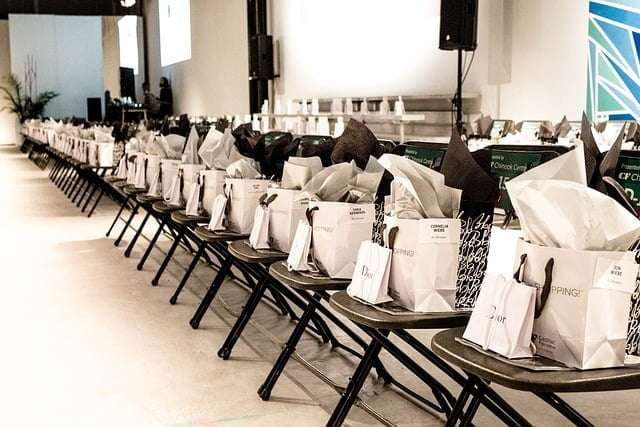
Recognized by The Fédération de la Haute Couture et de la Mode in Paris, only a select cadre of designers are permanent members, including luminaries like Chanel, Christian Dior, Givenchy, Maison Margiela, Giambattista Vallu, Franch Sorbier, Alexis Mabille, Julien Fournié are entrusted with the title of official haute couturiers.
In addition to these, there are “guest members” invited to show during Haute Couture Week in Paris, but they don’t hold the official haute couture designation. These can include brands like Iris van Herpen, Ralph & Russo, and others.
We welcome your feedback and comments. Register now to join the conversation, access exclusive content, and be a part of our exclusive brand communities.

